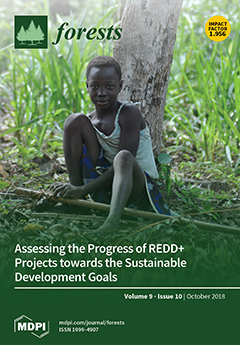In October of 2018, Forests journal (Volume 9, Issue 10) contained an article titled Assessing Ecosystem Services from the Forestry-Based Reclamation of Surface Mined Areas in the North Fork of the Kentucky River Watershed by Kumari Gurung, Jian Yang and Lei Fang.
ABSTRACT:
Surface mining is a major driver of land use land cover (LULC) change in many mountainous areas such as the Appalachian region.
Typical reclamation practices often result in land cover dominated by grass and shrubs. Assessing ecosystem services that can be obtained from a forest landscape may help policy-makers and other stakeholders fully understand the benefits of forestry-based reclamation (FRA).
The objectives of this study are to (1) identify how surface mining and reclamation changed the LULC of a watershed encompassing the north fork of the Kentucky River, (2) assess the biophysical value of four major ecosystem services under the contemporary LULC condition, and (3) assess the benefits of the FRA scenario in the provision of ecosystem services.
Geographic Information System (GIS) was used to study the LULC change and InVEST software models for ecosystem services assessment. The results indicate that watershed’s forest area has decreased by 7751 hectares from 2001 to 2011 and mining/reclamation activities may have contributed 65% of the overall changes in LULC. Barren and grassland land covers provide less carbon storage, yield more water, and export more sediments and nutrients than forests.
At the watershed level, the FRA scenario increased carbon storage (13%) and reduced water yield (5%), sediment export (40%), and nutrient export (7%). The provision of these ecosystem services varies at the subwatershed level, and such spatial heterogeneity is primarily driven by land cover composition, precipitation, and topography. This study provides critical information regarding the ecological benefits of restoring mined land to assist policy and decision making at landscape scales.

